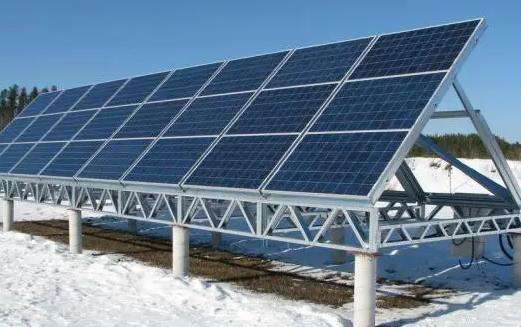The inlet air temperature is too high or the inlet water temperature is too high and the chiller is blocked. The inlet air or water temperature must be lowered to eliminate blockage in the cooler. Before the fault is cleared, the generator load must be limited to reduce the generator temperature.
If the bearing is filled with too much or too little grease, grease should be added according to regulations, generally 1/2 ~ 1/3 of the bearing chamber (the upper limit is used to low speeds, and the lower limit is used for high speeds). And it is recommended not to exceed 70% of the bearing chamber.
Bearing wear. If wear is not significant, the bearing may overheat locally; if the wear is significant, the stator and rotor can rub against each other, causing overheating of the avoidance parts of thestator and rotor. Bearings should be checked for noise. If friction between the stator and rotor is detected, the machine should be stopped immediately for maintenance or replacement of the bearings.
Detailed information:
The main motor (i.e. the motor) drives the rotor of the synchronous generator excited by direct current to rotate at a speed n (rpm), and winds itment of the three-phase stator induces an alternating potential. If the stator winding is connected to an electrical load, the motor will produce alternating current. The alternating current will be converted to direct current through the bridge rectifier inside the generator and output from the output terminal.
The alternator is divided into two parts: the stator winding and the rotor winding. The three-phase stator winding is distributed across the housing at an electrical angle difference of 120 degrees to each other. is composed of two polar claws. When the rotor winding is connected to direct current, it is excited and the two pole claws form the N pole and the S pole.
The magnetic field lines start from the N pole, enter the core of the stator through the air gap then return to the adjacent S pole. Once the rotor spins, the rotor windings intersect the magnetic lines of force, generating an electromotive forcesinusoidal with a mutual difference of 120 electrical degrees in the stator windings, i.e. three-phase alternating current, then converted to direct current output via the rectifier element consisting of diodes.
Baidu Encyclopedia--Car Generator
(1) Reason: Bad wiring.
Treatment: Check and correct according to the wiring diagram.
(2) Reason: The speed is too low.
Processing: Measure the rotation speed and keep it at the nominal value.
(3) Cause: There is mud or oxide on the wiring joint between the stator winding and the generator power distribution equipment, wiring screws are loose, the connection wire is broken, and the stator winding is broken. .
Treatment: Use a multimeter or light test method to find out where the disconnection is. Check the connection and contact of each wiring screw.
Whether it isA diesel generator or a gasoline generator, each cylinder performs work in a certain order, and the thrust acting on the piston becomes a thrust through the connecting rod. The rotating force of the crankshaft turns the crankshaft.
By installing the brushless synchronous alternator coaxially to the crankshaft of the electric machine, the rotation of the electric machine can be used to drive the generator rotor. Using the principle of "electromagnetic induction", the generator. will produce an induced electromotive force. The charging circuit can generate current.
Detailed information:
When the generator is connected to a symmetrical load, the armature winding The three-phase current in the motor will produce another rotating magnetic field, called the armature reaction magnetic field. Its speed is exactly equal to the speed of the rotor.
The magnetic field of rThe armature action and the excitation magnetic field of the synchronous generator rotor can be approximately considered to be distributed according to the sinusoidal law. The spatial phase difference between them depends on the temporal phase difference between the no-load electromotive force E0 and the armature current I. The armature reaction magnetic field is also related to the charge state.
When the generator load is inductive, the armature reaction magnetic field acts as a demagnetizer, which will cause the generator voltage to decrease; when the load is capacitive, the armature reaction magnetic field acts as; a magnetizer. This will increase the output voltage of the generator.
Baidu Encyclopedia - Generator














